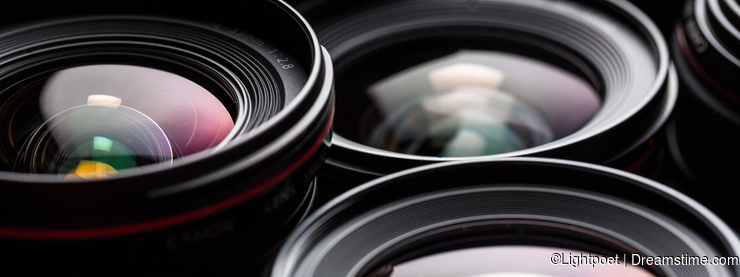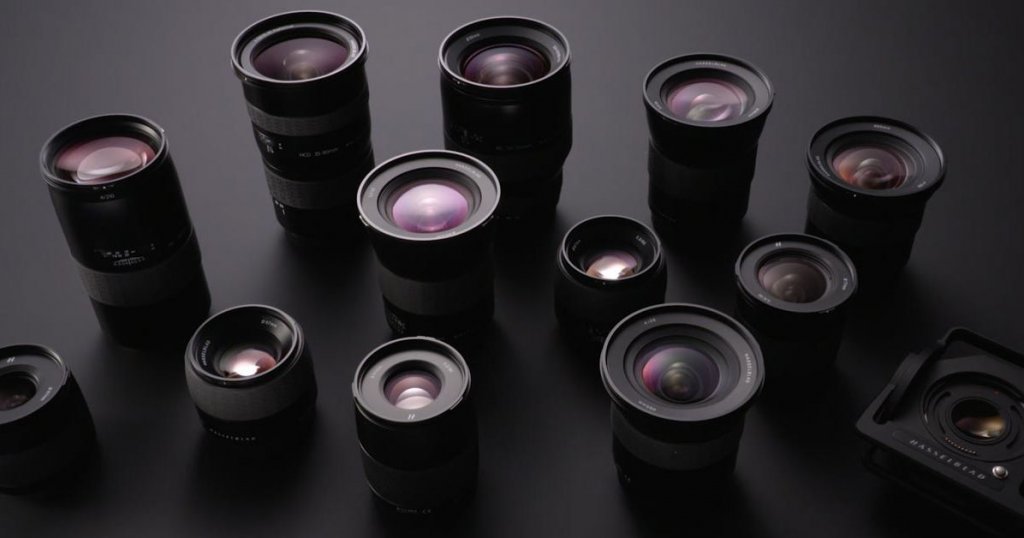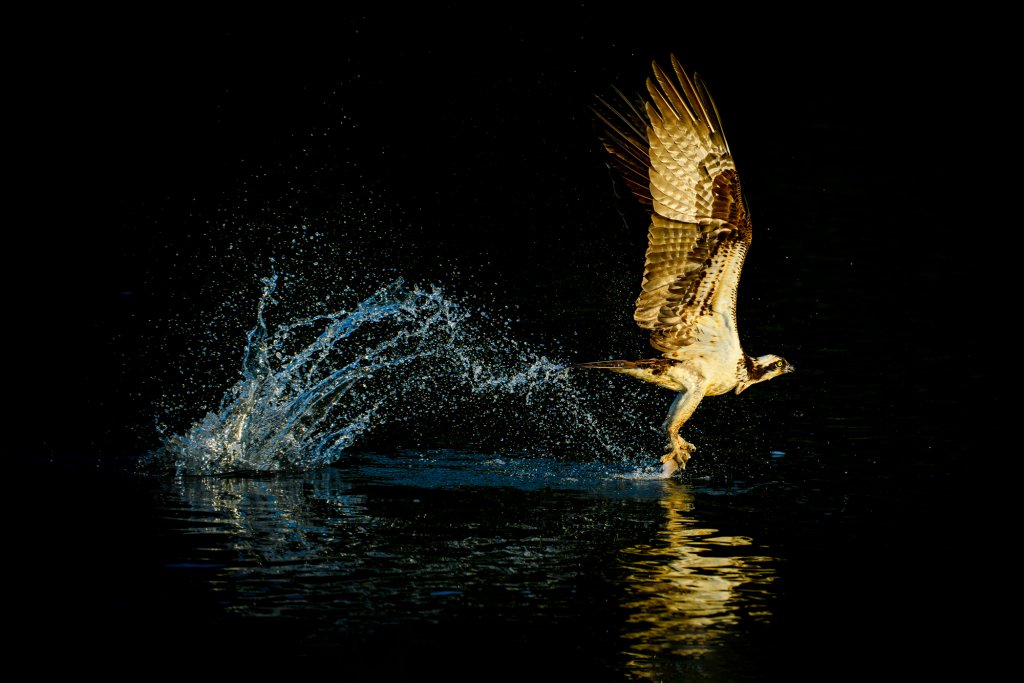Deciding among all the ranges and different options of lenses could be a tiresome task in respect to knowing the broad terminologies linked to camera lenses like focal length, aperture, distortion, etc. But it’s important to understand these terms to narrow down your search list for the right camera lens. Keeping all that in mind, we’ve created an easy-to-understand guide that will surely help you to set out on the right path to figuring out the kind of lens you require. From the different types of lenses to important factors like aperture and focal length, we’ve covered the basics to help you look for the right lens. Without further ado, let’s dive right into the main section of the article to understand how to narrow down on the choices present in the market.
How to Choose Lens for Camera?
First, we’ll decide on what the purpose of the lens is, then we’ll take on the market according to your budget and ultimately identify various specifications like aperture, focal length, and image stabilization. Read along the article to know more about these parameters and criteria.
1. Application Need for Camera
Why Application Need is an important parameter in How to Choose Lens for Camera? The first thing to pop into your mind while buying a camera lens should be in regards to the need for an application for the camera. You may already have a specific idea about your needs and what you want to shoot. It is of paramount importance to know about the settings or situations to understand the purposes for which you require the lens. Doing so will help you to narrow down a wide range of camera lenses. Your area of interest could vary from landscape to portrait photography, and from low-light to night photography, etc.
2. Budget
Why Budget is an important parameter in How to Choose Lens for Camera? The next major aspect to consider while choosing the right camera lens is the price you’ll have to pay. This factor is more of a deal-maker or deal-breaker factor for many of us. Universally, everyone photography enthusiast and professional will agree that you generally get what you pay for. Overall, this factor translates to the more you spend on a lens, the better it will be. Now there are some pocket-friendly camera lenses that deliver high quality but it’s up to you to decide whether the amount is worth the camera lens or not. Also, read 7 Great Budget Cameras for Vlogging and Streaming under $500 It’s certainly best to invest in a great camera lens but if you’re a little tight on budget, you can even opt for buying a second-hand lens but make sure that the investment is worth it, so you don’t end up with a poorly conditioned lens or worse – a broken lens.
3. Type of Lens: Prime or Zoom
Why Type of Lens is an important parameter in How to Choose Lens for Camera? All camera lenses can be broadly divided into two main categories: Prime lenses and Zoom lenses. A prime lens refers to a fixed focal length lens which makes it a better choice for portrait photography whereas a zoom lens is more versatile and can be used for more applications than a fixed or prime lens. If you want to know more about the usability and applications of these different kinds of lenses, head over to What size camera lens do I need? In order to get a better idea.
4. Aperture
Why Aperture is an important parameter in How to Choose Lens for Camera? The next factor (or rather an element) to consider while choosing a lens for the camera is the maximum aperture. Now, let’s first understand what maximum aperture is. Aperture is defined as the lens’s ability to recover light by opening its diaphragm. And maximum aperture determines how much light the lens allows to get through to the sensor at its best. Maximum aperture is represented by the number behind “f/” on the lens. A smaller number implies a wider aperture which in turn implies more light entering the camera sensor. If your lens requirement is set around low light photography, a wider aperture lens will be your best bet. Owning a wider aperture lens also comes with other significant advantages like faster shutter speeds and increased bokeh to bring out the best aesthetic quality of the images. Also, read 7 Noteworthy Cameras for Vlogging and Streaming under $1000 Theoretically speaking, the best aperture you can get on a camera lens is equal to 1, but in practicality, the maximum aperture the brightest lenses offer is about f/1.2. In the case of a beginner, it’s recommended to use lenses with aperture numbers between f/2.4 and f/3.2.
5. Focal length
Why Focal Length is an important parameter in How to Choose Lens for Camera? Along with aperture, another important element to consider while searching for the right lens is the Focal length. Let’s try to understand what is meant by the focal length in photography terms. Focal length is that characteristic of a lens that relates to the amount of a scene that the camera is able to capture. The focal length has an inverse relationship with the angle of view of a scene which simply translates to a longer focal length producing a narrow-angle of view. And similarly, a short focal length dictating a wider angle of view. Focal length is usually given in mm (millimeters) on the lens itself. Now, there are different classes of lenses based on focal length from Fisheye to Telephoto. If you want to know more about these, follow our guide on What size camera lens do I need? To make your task easier, we’ve attached a handy guide based on focal length for you to decide which focal length lens best suits your needs.
6. Image Stabilization
Why Image Stabilization is an important parameter in How to Choose Lens for Camera? Another aspect to look for is Image Stabilization. Image Stabilisation is a particularly useful feature when using the camera in a handheld position or in low light conditions. It limits the risk of blur due to camera shake. Also, read 5 Best Value Cameras for Vlogging and Streaming under $1500 | A Must-Read While major manufacturers like Olympus, Pentax, and Sony use image stabilization in their camera bodies, and so you won’t find lenses with stabilization from these brands. However, there are suppliers who actively advertise additional in-built stabilization in their camera lenses. Different manufacturers have their own specific technical terms for the same stabilization technology such as:
Canon – IS (Image Stabilisation)Nikon – VR (Vibration Reduction)Sigma – OS (Optical Stabilization)Tamron – VC (Vibration Control)
Wrapping Up This concludes our guide on how to choose a camera lens for beginners. We hope that you found the guide helpful and gave you a better idea of how to begin your search for the right kind of lens for your needs. Let us know your favorite camera brand in the comment section below. Feature Image Credit: photographycourse.net
Δ











